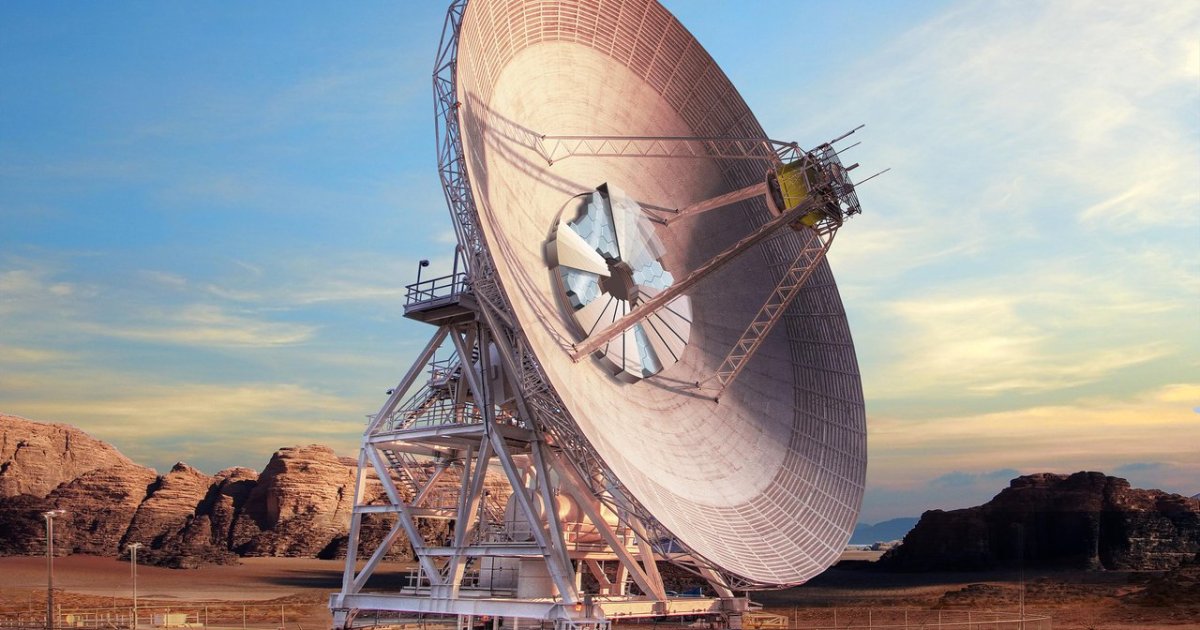When NASA’s Psyche mission launched in Oct of previous 12 months, it experienced a distinctive passenger on board: a examination of a new communications technique using lasers, named Deep Place Optical Communications (DSOC). That program despatched again its first details in November, and now it has strike another milestone, with signals from the experiment becoming been given by a hybrid antenna on Earth.
The large vast majority of deep house missions communicate using radio frequencies, which is a tried using and analyzed technological innovation that has been in use for a long time. Even so, there are bandwidth limitations to radio communications, and as missions gather ever larger sized amounts of knowledge, a new communications technologies is required to deliver them. That is exactly where laser or optical communications appear in, as this can make improvements to the out there bandwidth by 10 or even 100 times over radio.
DSOC is screening whether sending signals from deep place crafts working with laser communications is feasible. But the other half of the equation is getting those people indicators on Earth. NASA’s Deep House Community (DSN), which gets signals from these deep house missions, is now experimenting with a hybrid structure antenna that can obtain equally radio and laser alerts.
This experimental hybrid antenna has been capable to acquire equally laser indicators from DSOC and radio alerts from Psyche for the initial time. “Our hybrid antenna has been equipped to effectively and reliably lock on to and track the DSOC downlink since shortly soon after the tech demo launched,” claimed Amy Smith, DSN deputy manager at NASA’s Jet Propulsion Laboratory, in a statement. “It also received Psyche’s radio frequency sign, so we have demonstrated synchronous radio and optical frequency deep room communications for the first time.”
The hybrid antenna was developed by retrofitting present radio antenna hardware and including a team of segmented mirrors to the incredibly centre of the dish. This will allow the laser indicators to be redirected to a camera positioned on the prolonged arms that extend from the dish’s structure.
“We use a program of mirrors, exact sensors, and cameras to actively align and direct laser from deep space into a fiber achieving the detector,” spelled out Barzia Tehrani, communications floor techniques deputy manager and shipping manager for the hybrid antenna at JPL.
The intention is to upgrade additional dishes in the DSN network to use each laser and radio communications, or even to construct new goal-constructed hybrid antennae in the potential. “We can have a single asset doing two points at the exact same time converting our communication roads into highways and saving time, cash, and means,” said Tehrani.
Editors’ Suggestions



